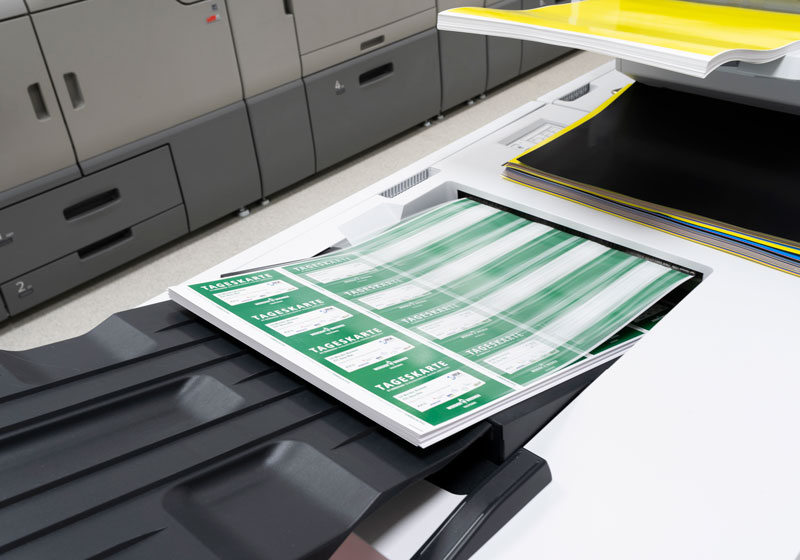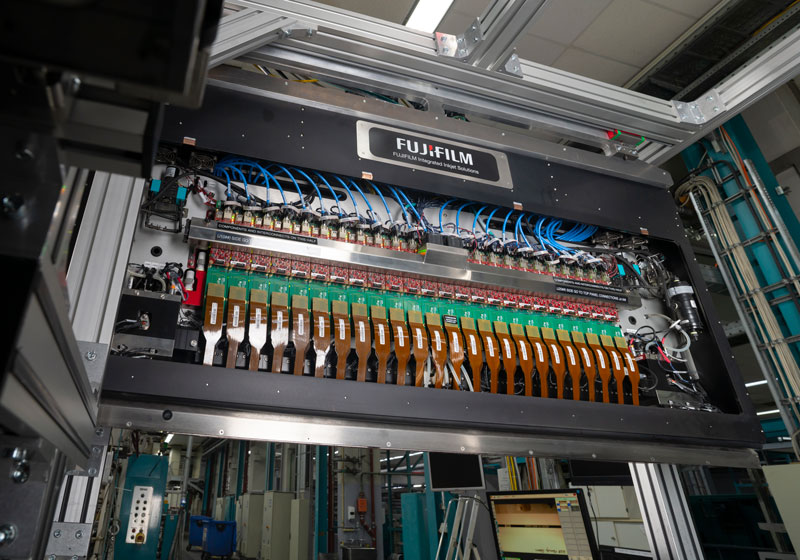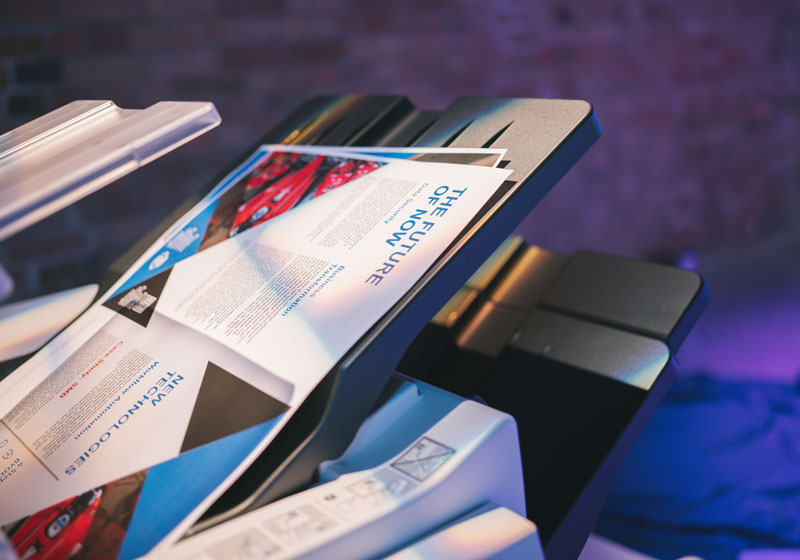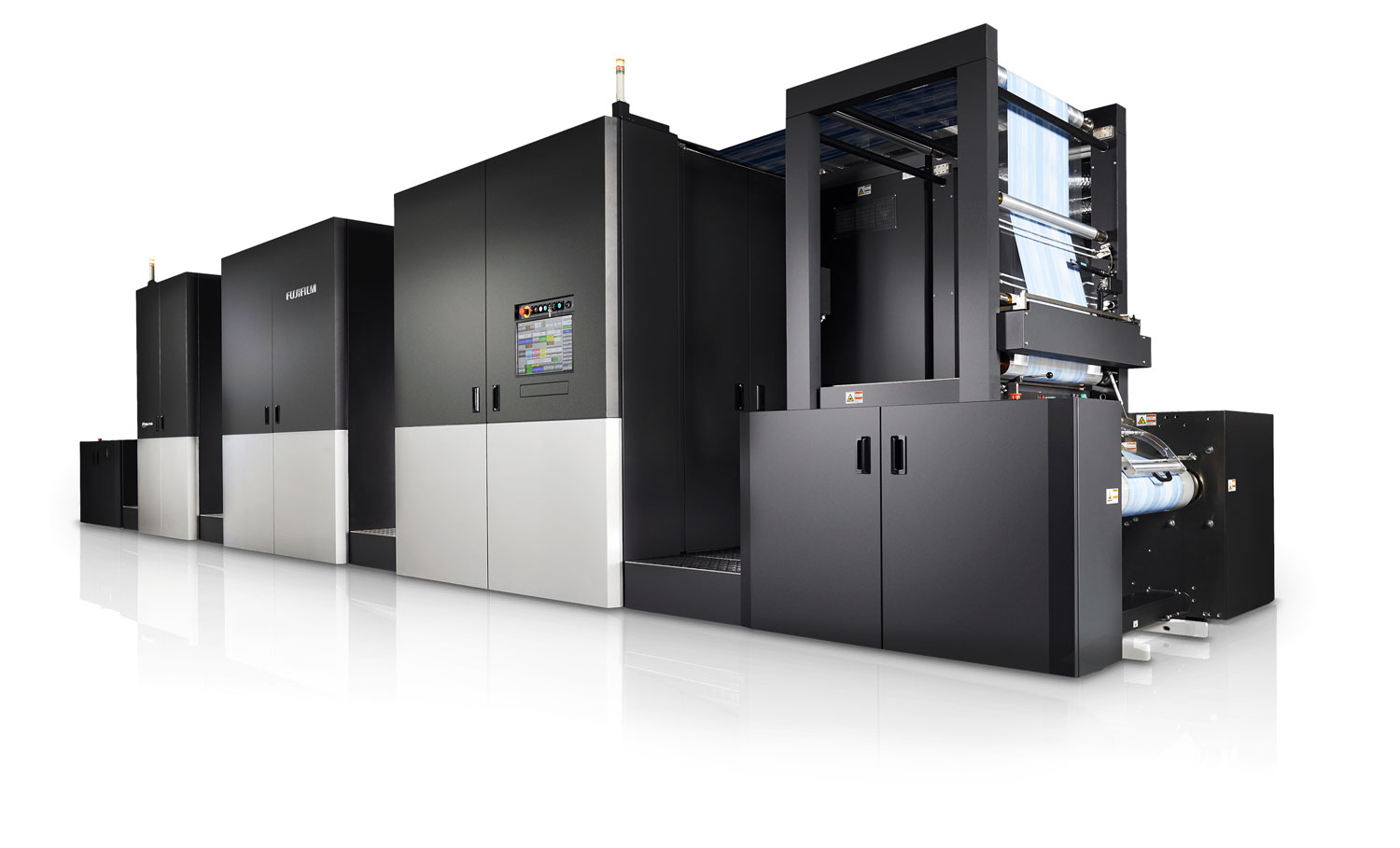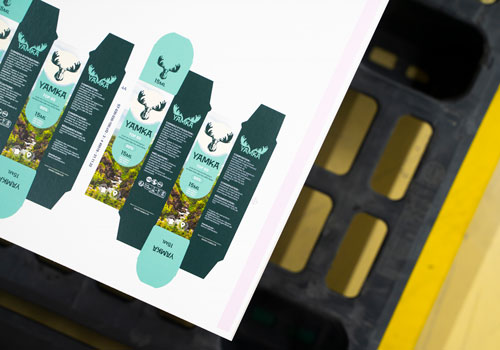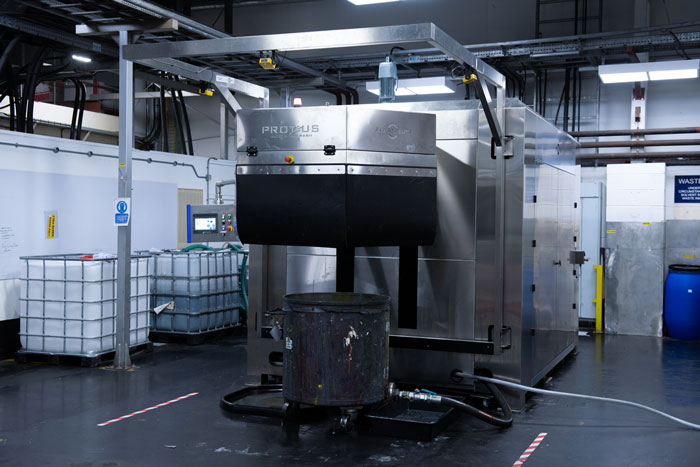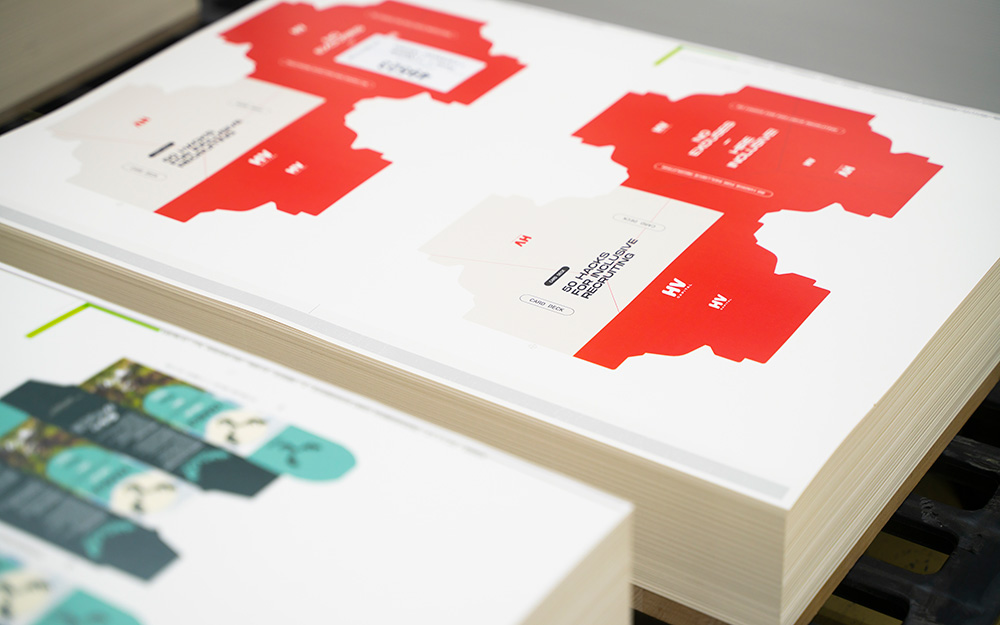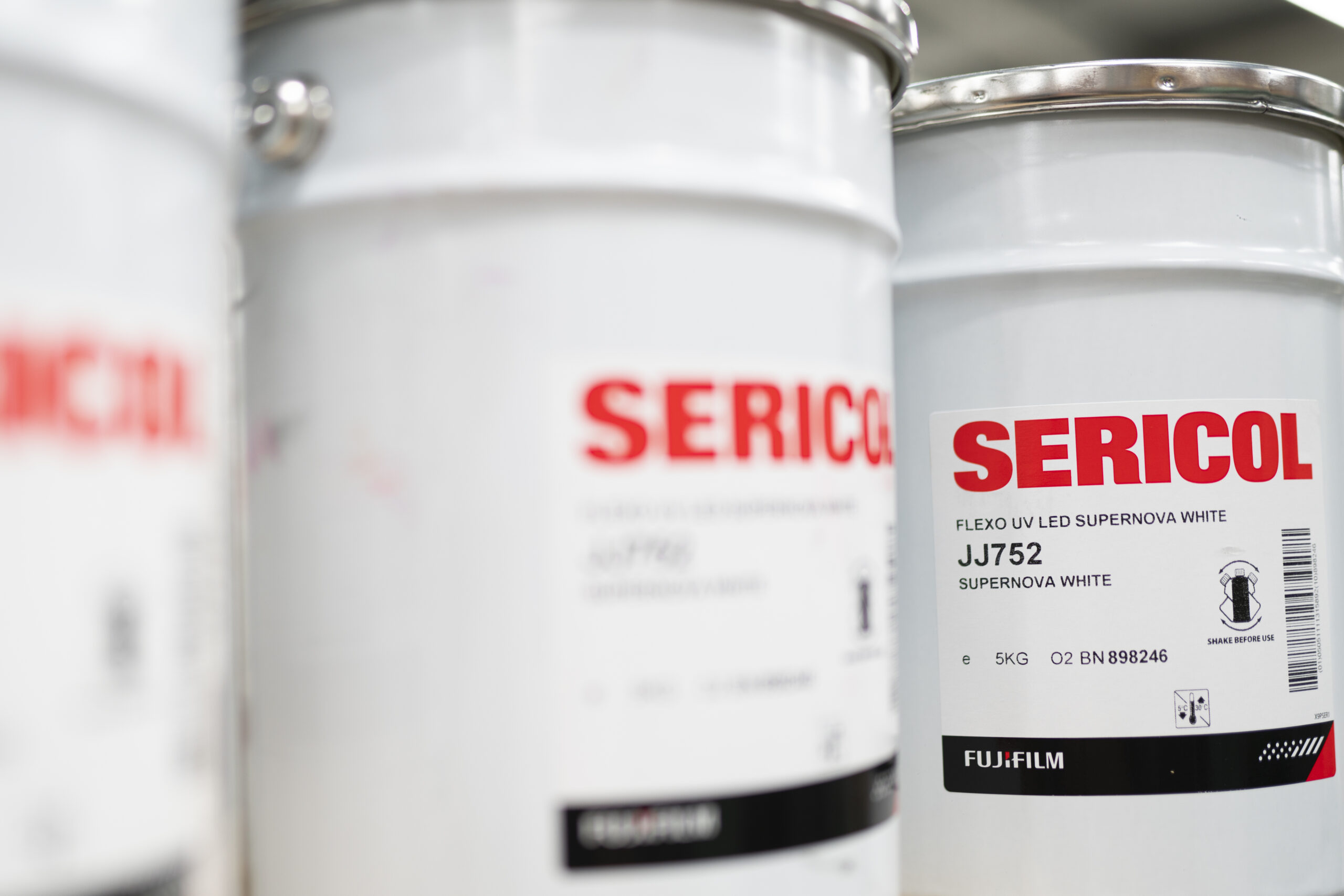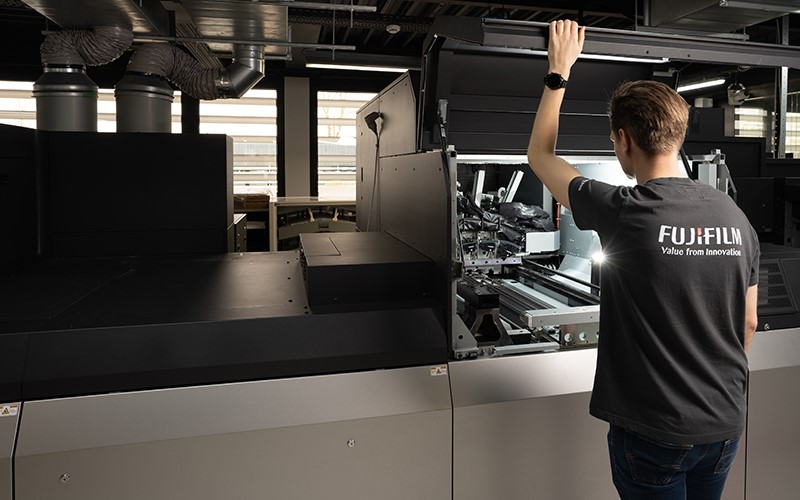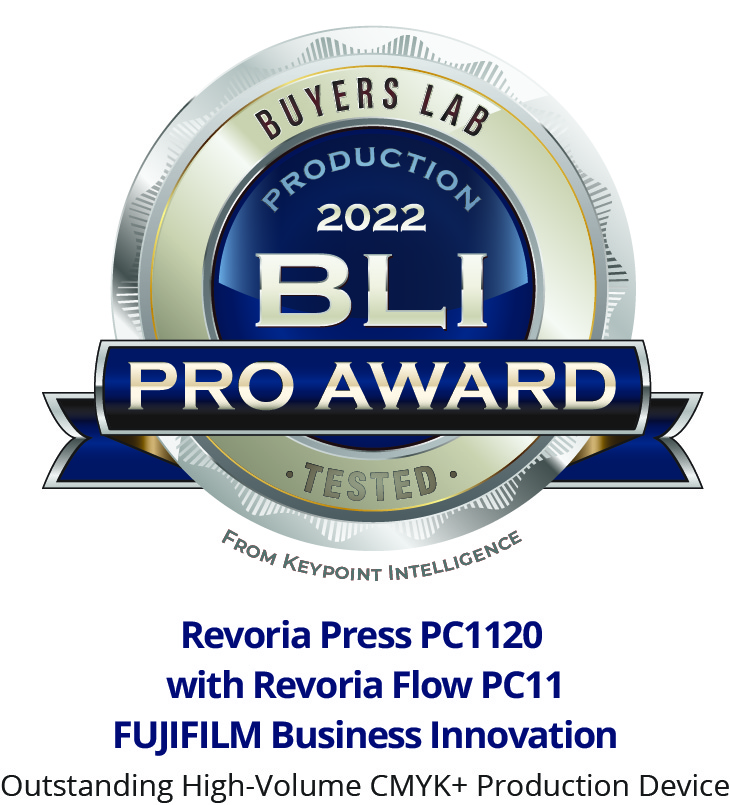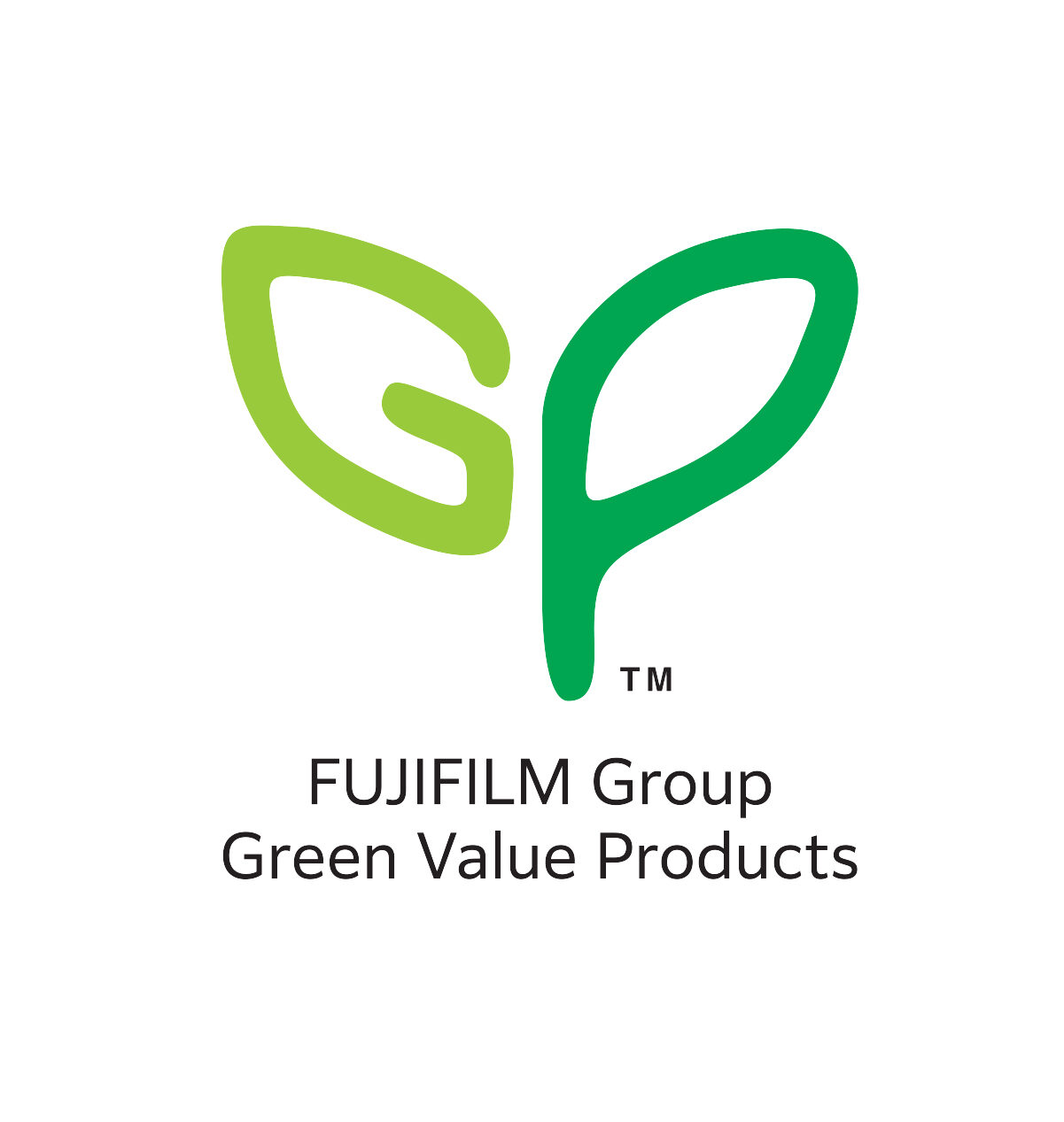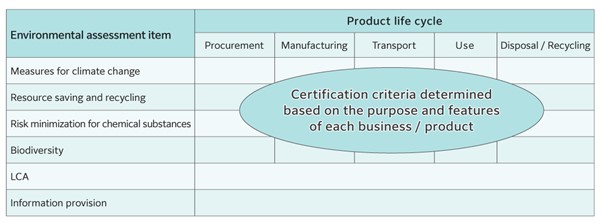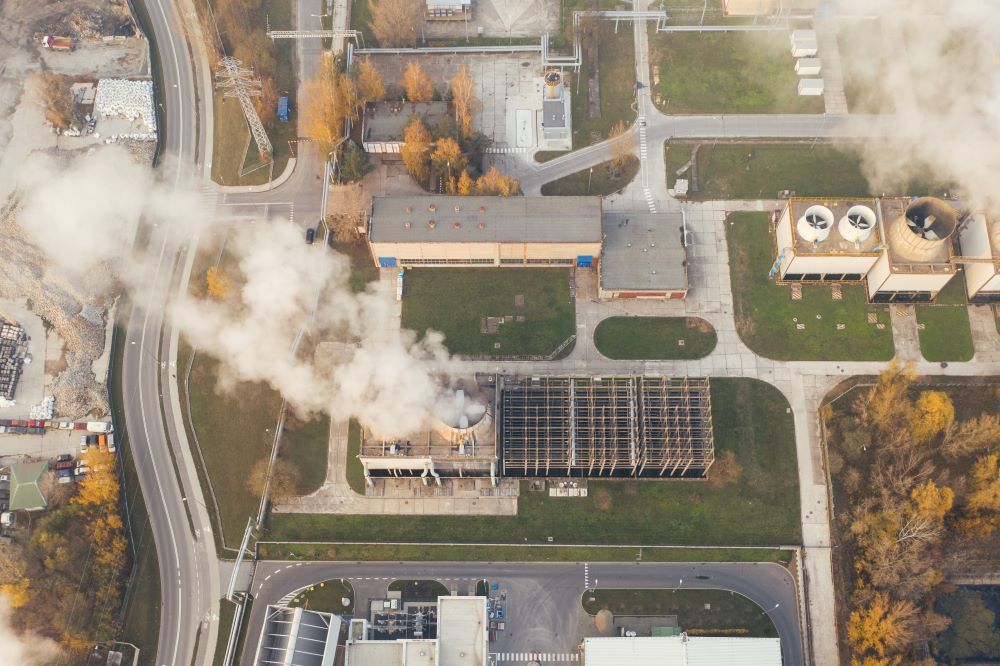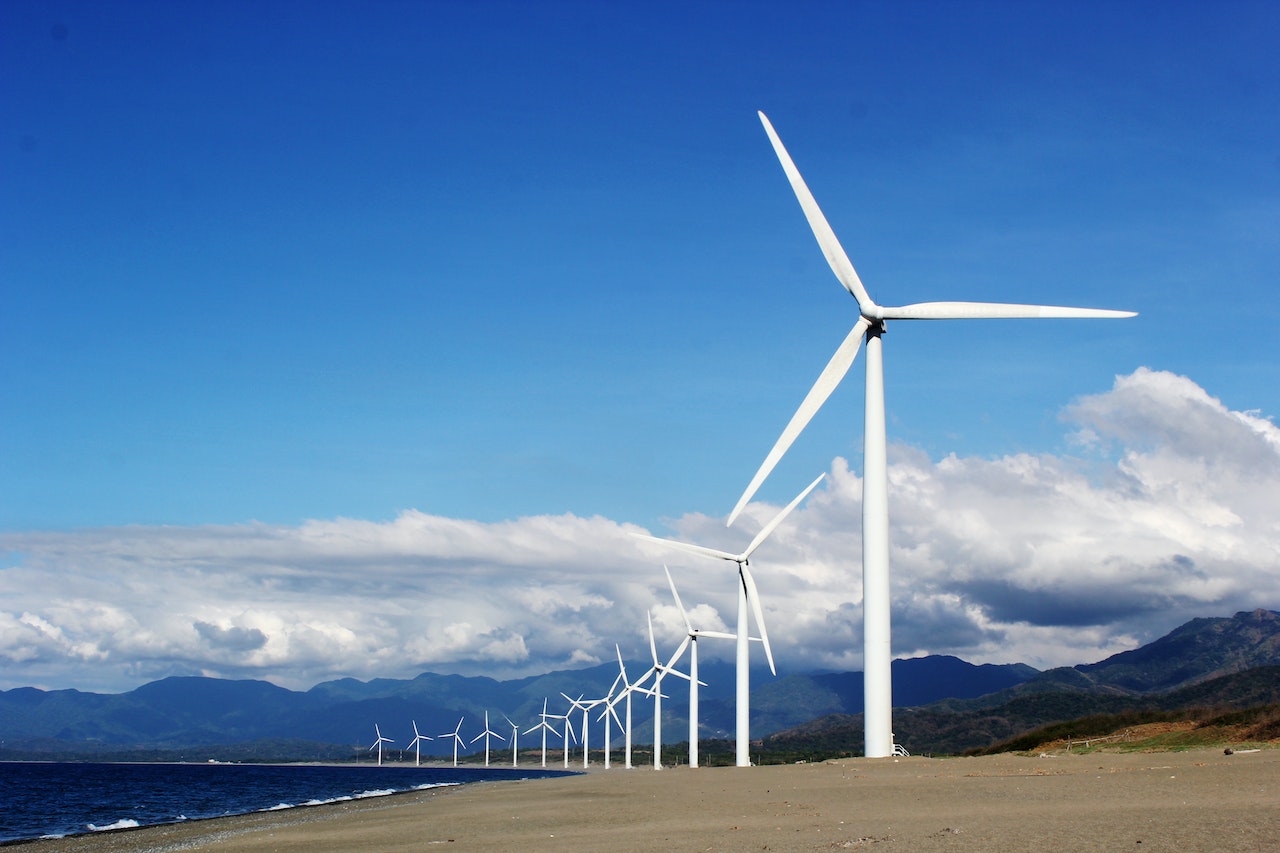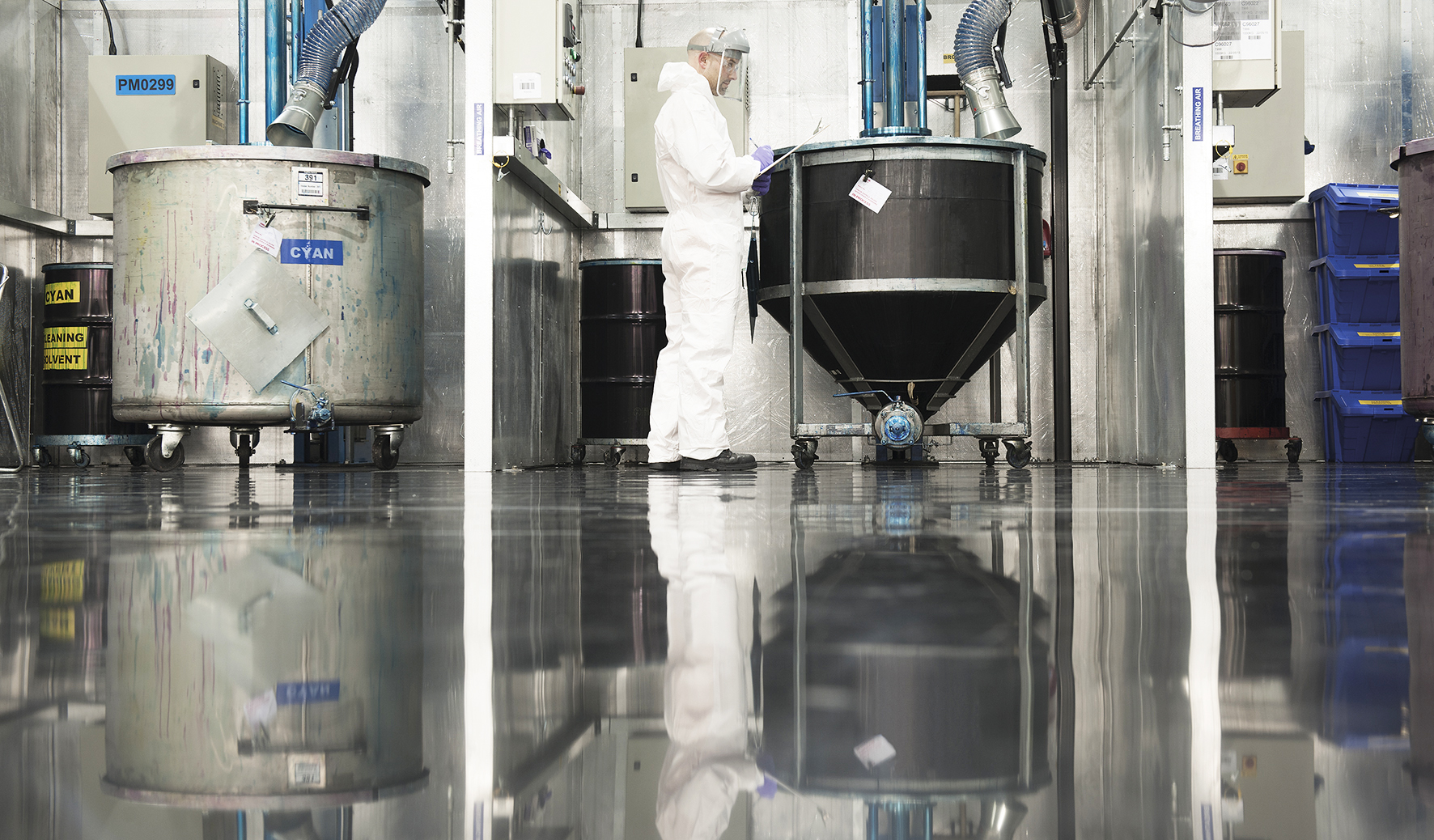Leia o artigo
Tempo de leitura 6 minutes
Um mercado de sinalética e exposição em rápida mudança requer soluções flexíveis que consigam acompanhar esse ritmo de procura de mudança. Apesar de continuarem a ser implementadas melhorias na velocidade e qualidade, estas são cada vez mais marginais; e é nas áreas da valorização do investimento e da versatilidade que se encontram as oportunidades de verdadeira diferenciação.
Parte desta mudança rumo à procura de ainda maior versatilidade é o resultado da pandemia do Covid, em que os prestadores de serviços de impressão, especialmente aqueles altamente especializados no passado, foram forçados a adaptar-se e a investir em novos tipos de tecnologia para servir novos mercados com uma gama mais diversificada de aplicações.
Uma resposta do mercado a esta mudança tem sido um aumento significativo do interesse em impressoras híbridas e nos benefícios óbvios que as mesmas oferecem com os respetivos níveis de flexibilidade e versatilidade. Quando a Fujifilm reformulou por completo e relançou a gama Acuity de impressoras de grandes formatos em 2021, fê-lo, em parte, para ser capaz de responder melhor precisamente a estes tipos de alterações do mercado. A Acuity Ultra Hybrid LED e a Acuity Prime Hybrid são uma prova antecipada desta estratégia a funcionar exatamente como planeado.
A capacidade verdadeiramente híbrida abre um leque de possibilidades às empresas de impressão que procuram oportunidades de crescimento. É capaz de produzir mais trabalho, de forma mais rápida.

Uma verdadeira plataforma híbrida
O que queremos dizer com uma plataforma “verdadeiramente híbrida”? Além do óbvio – ser capaz de imprimir numa vasta gama de substratos rígidos e flexíveis – o que define uma impressora “verdadeiramente híbrida”? Para responder a essa pergunta, talvez fosse melhor começar por explicar o que não é. Não é uma impressora de mesa plana com função de rolo incorporada, nem, já agora, é um equipamento de rolo a rolo com uma mesa plana como extra opcional. Os equipamentos deste género têm o seu espaço, mas esse espaço é unicamente em ambientes onde essa funcionalidade adicional apenas é necessária ocasionalmente. No atual mercado da impressão – onde é fundamental ser capaz de acomodar e fornecer um leque de trabalhos tão vasto quanto possível – estes mercados “semi-híbridos” deixaram, muitas vezes, de ser suficientemente bons.
Com uma verdadeira híbrida, obtém-se um desempenho excecional, quer imprima em suportes rígidos ou em rolo, uma vez que a máquina foi concebida com ambos em mente, em vez de um deles ser simplesmente um extra. E se a qualidade de construção da máquina for suficientemente boa, então esse desempenho excecional mantém-se consistente mesmo em trabalhos muito longos, quer seja em rolo ou em suportes rígidos, proporcionando a máxima flexibilidade.
A capacidade verdadeiramente híbrida abre um leque de possibilidades às empresas de impressão que procuram oportunidades de crescimento. É capaz de produzir mais trabalho, de forma mais rápida.
Design e construção
A gama Acuity da Fujifilm combina o premiado design do Reino Unido com a garantia de qualidade e os meticulosos processos de fabrico típicos do Japão. O design e a qualidade de construção excecionais estão bem patentes em todos os aspetos do desempenho dos equipamentos, mas uma área especialmente relevante para a Acuity Prime Hybrid, que a demarca como um excelente exemplo de uma impressora “verdadeiramente híbrida”, é a capacidade de manuseamento de suportes de impressão. A qualidade de construção industrial da Acuity Prime Hybrid permite-lhe manusear rolos com até 100 kg, muito acima do que conseguiria uma impressora de mesa plana modificada. Não só isso, como o rastreamento do suporte de impressão também é excecionalmente bom, o que significa que é possível deixar o equipamento a imprimir trabalhos longos com o mínimo de intervenção do operador.
Tintas de classe mundial
Quando se trata de tintas e cura, a Acuity Prime Hybrid ostenta uma outra vantagem relativamente a muitos dos seus concorrentes. As tintas de cura UV LED e de baixo consumo energético, exclusivas da Fujifilm, significam que a Acuity Prime Hybrid não só é mais rápida que a maioria dos seus concorrentes, com também imprime num leque muito mais alargado de substratos. Isto acontece porque a cura com baixo consumo energético também significa baixo calor, o que significa que é muito mais fácil usar suportes de impressão sensíveis, bem como imprimi-los a velocidades muito acima das que seriam possíveis noutros casos, algo impossível de alcançar com os sistemas de cura que requerem um processo de secagem mais quente, como por exemplo o látex. O calor mais baixo também significa, obviamente, um menor consumo energético; o que, por sua vez, significa um custo mais baixo com energia, que é sinónimo de benefícios ambientais além de potenciais poupanças nas despesas, sem reduzir a produção.
É importante referir que as tintas de jato de tinta UV da Fujifilm possuem igualmente certificação Greenguard Gold, tornando-as adequadas para uma série de aplicações para interiores, incluindo revestimentos de parede.
Verdadeira versatilidade
A Acuity Prime Hybrid também se distingue pelos seus 2,05 m de largura de impressão, uma funcionalidade que ultrapassa os típicos 1,6 m da maioria das alternativas. Esta capacidade alargada não surge como um privilégio, tornando-a numa escolha prática para as empresas que pretendem explorar novos horizontes. A maior largura de impressão do equipamento oferece a liberdade de imprimir eficientemente rolos de vários tamanhos, bem como a capacidade de trabalhar com múltiplas placas lado a lado – ao mesmo tempo que se reduz a necessidade de cortes ou redimensionamentos, poupando tempo e recursos. Esta versatilidade abre portas a uma série de aplicações, desde a sinalética retalhista a duradouros expositores de exterior.
Numa era em que é fundamental ser capaz de adaptar-se, a Acuity Prime Hybrid oferece uma solução ideal para as empresas de impressão permanecerem competitivas e reativas às constantes mudanças no mercado.

Solução comprovada
A Acuity Prime Hybrid já está a dar provas do seu valor nos ambientes empresariais reais.
David Allen, Diretor Executivo da Allen Signs, no Reino Unido, foi o primeiro do mundo a investir neste equipamento, no outono de 2023. Segundo ele, o extraordinário manuseamento de suportes de impressão faz com que a impressora não só se destaque entre os seus concorrentes, como também seja capaz de imprimir em substratos difíceis, como em produtos metálicos, de uma forma económica.
Allen afirma: "Devido à nossa familiaridade com as plataformas híbridas, vimos a Acuity Prime Hybrid como uma oportunidade para explorar ainda mais a marca Fujifilm. A impressora permitiu-nos executar a nossa produção normal com o mínimo de problemas e excelentes níveis de qualidade e desempenho da tinta.”
Especialista em impressão na Allen Signs, Matt Ryder, acrescenta: “Experimentámos executar um trabalho no novo equipamento Fujifilm e, instantaneamente, cativou. Foi perfeito. Quanto aos materiais, ainda não nos deparámos com um substrato que não funcionasse."
A Allen Signs é a primeira de muitas empresas na Europa, e por todo o mundo, a beneficiar de um equipamento que é verdadeiramente híbrido e revolucionário na produção de impressão de grandes formatos.
Acuity Prime Hybrid
Fique a conhecer a revolucionária impressora híbrida de grandes formatos adequada para uma imensidão de aplicações criativas.
Conhecer a Acuity Prime Hybrid